This was published 6 years ago
Dangerous tourist activities: Six that could actually kill you
By Ben Groundwater
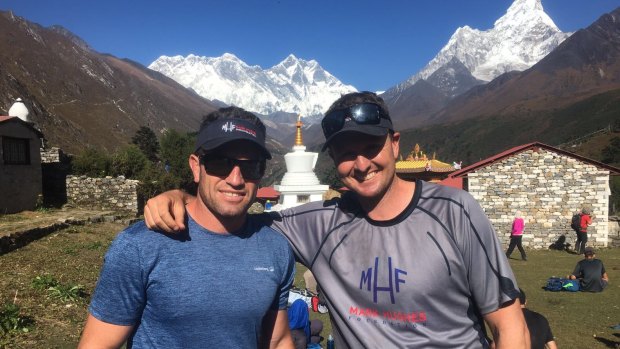
Things went wrong on the Everest base camp trek for former NRL players Danny Buderus and Mark Hughes.
"You could see the look in their eyes. They just started going down. It was like tenpins. All of a sudden, six blokes just went down … It was really, really scary."
Sounds like a fun holiday, right? This is former Newcastle Knights NRL player Mark Hughes, recounting his trek to Everest Base Camp a few weeks ago. Hughes and a group of 28 trekkers were making their way to that famous Himalayan point to raise money for charity, and, you'd assume, to have a proper adventure.
And they got one. Three of their group had to be evacuated by helicopter back to Kathmandu. Several more needed oxygen tanks to fight off the worst of the altitude sickness that started slapping them down, one by one, once they got to 5000 metres above sea level.
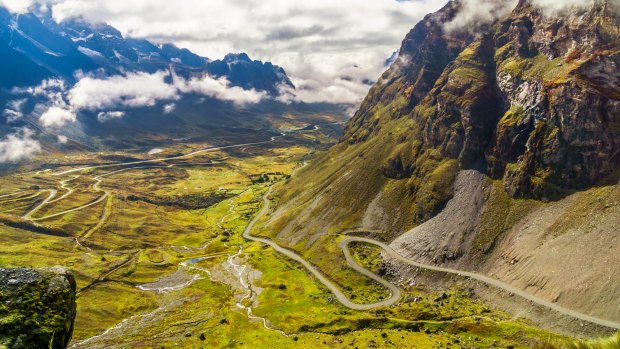
Death Road in Bolivia. The name says it all. Credit: Adobe Stock
It might seem like no big deal, getting to Everest Base Camp. After all, tens of thousands of people do it every year. It's pretty much a walk in the park. Right?
Except, it's not. There might be plenty of tourism experiences out there that seem dangerous, but really aren't: the likes of bungy jumping, or diving with sharks. They're scary, yes. But they're not properly, statistically dangerous. On the other hand, there are experiences – as the Newcastle Knights players discovered a few weeks ago – that sound like fun, and maybe even a little pedestrian, but which are properly risky. You've been warned.
Trekking to Everest Base Camp
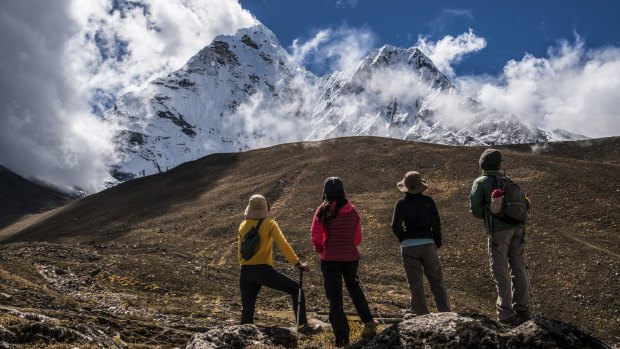
Credit: Shutterstock
Statistically speaking, it's unlikely that anything untoward will happen if you trek to Everest Base Camp with a reputable company and follow all of the safety precautions. However, incidents do take place, and as the Knights players discovered, altitude sickness is a serious risk once you get above 5000 metres (the Base Camp trek's highest point is Kala Patthar, at 5644m). Trekkers need to take their time acclimatising, otherwise there's serious risk here of injury or death.
See also: The best-kept trekking secret in Nepal
Riding the Death Road
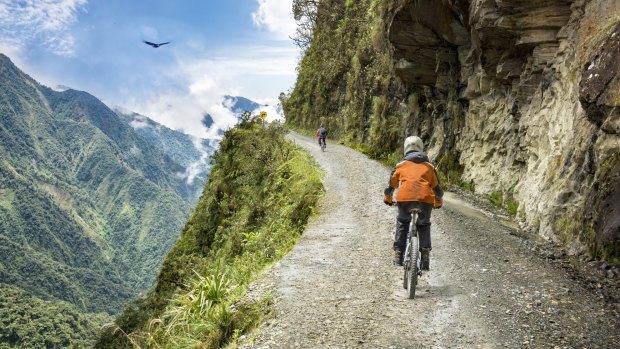
Credit: SHUTTERSTOCK
The clue is in the name, really. Though a bypass has now been built for heavy traffic to avoid Yungas Road in Bolivia, meaning the so-called "Death Road" is left mostly to the bike-riding daredevils, this is still a genuinely dangerous experience, where one false move could see you careening over the side of a 100-metre cliff. It's been estimated that 300 people die every year on Yungas Road, though that figure is sure to have dropped since the bypass was put in. Still, it's scary stuff.
See also: Bolivia - the weird, wild country no one talks about
Running with the Bulls
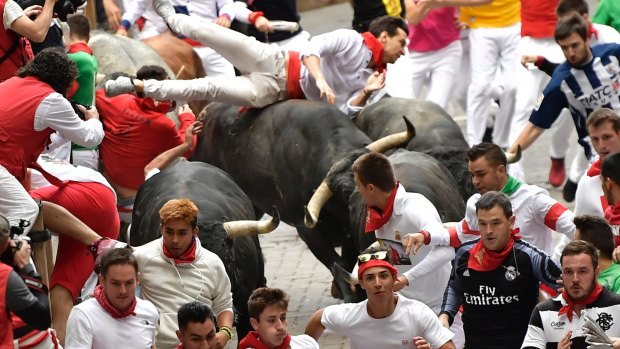
Credit: AP
As Pamplona's San Fermin Festival becomes more popular with tourists, so the dangers increase for those planning to run with the bulls. Deaths are uncommon – only 13 people have died in the last 100 years – but serious injuries happen all the time. During the last festival, hundreds of people, including plenty of tourists, were hospitalised after being gored by bulls or trampled by fellow runners. Pamplona's narrow alleyways weren't designed for so many people, and so many bulls. This is one seriously dangerous way to spend a holiday.
Taking a helicopter flight in Hawaii
You'll see some of the world's most spectacular scenery from the window of a helicopter during a joy flight over Hawaii's volcanic islands. You'll also, however, possibly see your life flash before your eyes: there were several high-profile, fatal helicopter accidents in Hawaii during the 1990s and 2000s. The last incident was in 2011, when five people were killed after a Blue Hawaiian tour helicopter crashed on the island of Molokai. Hawaii has now, however, gone six years incident-free.
See also: A spectacular way to see Hawaii
BASE jumping
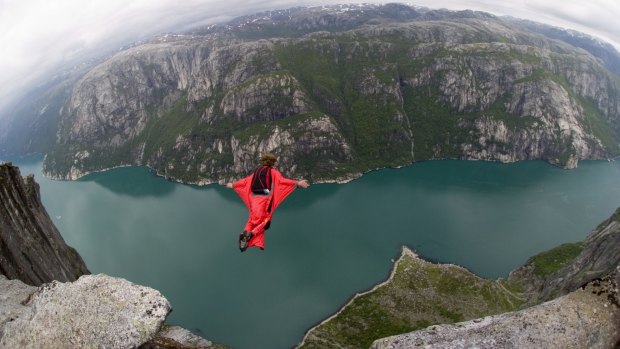
Credit: SHUTTERSTOCK
Though it's regarded by many as a fringe sport practised only by lunatics, BASE jumping – leaping off a cliff, or a bridge, or a tower with a parachute on – is a completely legal activity in many parts of the European Alps, and Norway, making it a legitimate travel pursuit. It's also, of course, extremely dangerous: BASE jumpers have a fatality rate 43 times higher than skydivers, and it's widely considered one of the most hazardous recreational pursuits on the planet. Still, it does look fun.
Any ski trip
There's a reason you have to pay so much more for travel insurance if you're going skiing or snowboarding: this is a genuinely dangerous pursuit. While fatalities are rare, injuries are most certainly not – sprains, strains, breakages and dislocations happen on an alarmingly regular basis at ski resorts across the world. That's not to say you shouldn't do it. Just understand that it is inherently risky.
What do you think are the riskiest tourism experiences? Has anything ever gone badly wrong for you on your travels?
Email: b.groundwater@fairfaxmedia.com.au
Instagram: instagram.com/bengroundwater
Sign up for the Traveller Deals newsletter
Get exclusive travel deals delivered straight to your inbox. Sign up now.